Tennis Courts in May, Kenilworth Square, Dublin, from 1944, is a lovely watercolour painted by Irish artist Louis le Brocquy. It was painted from his home at Number 51 Kenilworth Square, a fine detached seven-bedroom house standing on a generous 0.3 of an acre site on the affluent Victorian square.
Le Brocquy, who is widely acclaimed for his Portrait Heads series of literary figures, was the first and only artist to be included during his lifetime in the Permanent Irish Collection at the National Gallery of Ireland. His parents, Sybil and Albert le Brocquy, moved to an upper-storey apartment in the redbrick house in 1931, when the artist was 15 years old, taking over the entire 416sq m (4,478sq ft) property two years later.
The square dates from about 1862 and takes its name from the Waverley novels by Sir Walter Scott, as do many of the surrounding roads and terraces. It was developed almost organically around a central square plot of land, unlike many other local squares of the time.
It was recently home – as the registered address – for the religious order of Marist Sisters. It appears that homes on this side of the square have attracted religious orders: Éamon de Valera moved his office to number 53 during the War of Independence; and for more than 70 years number 54 served as a house of studies for the Faithful Companions of Jesus, a French Jesuit-style order of nuns that operated mainly outside Dublin from the 1840s.
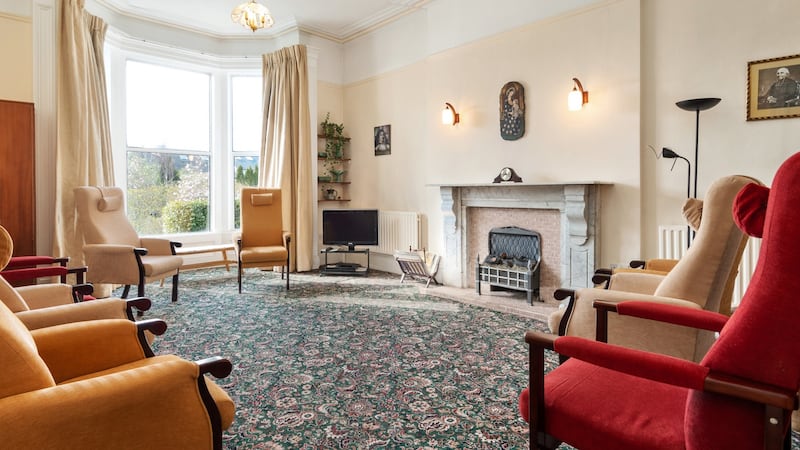
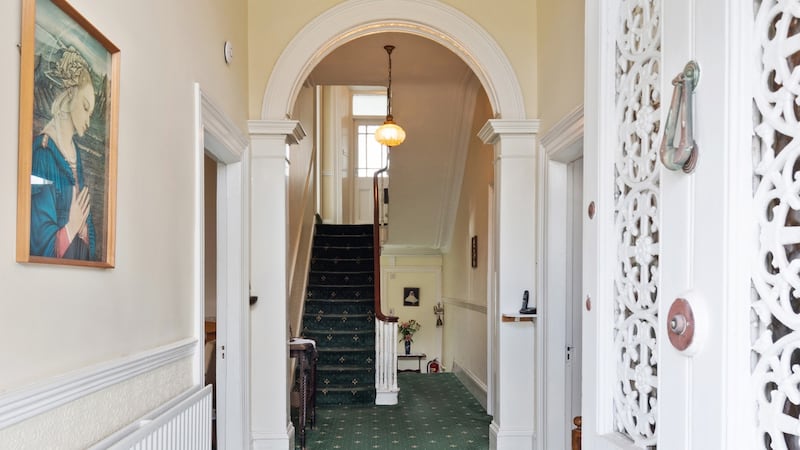
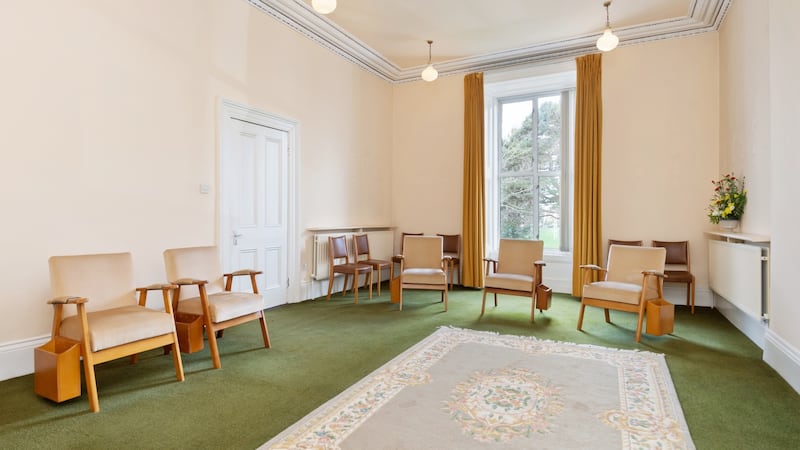
Number 51 has seven bedrooms and six bathrooms over the three storeys behind the distinctive redbrick Victorian façade. Its location from an elevated position with a southerly aspect allows all the rooms to be bathed in light. And if 416sq m is not enough space for new owners, there is ample room to build in the rear garden that extends to 60m (196ft) in length – subject to planning. Aerial photographs of the property show that it has one of the largest gardens on this side of the square so it may have development potential too – again subject to planning – but there appears to be precedent with neighbouring properties.
The rear garden also has off-street parking, though on-street parking is not an issue in this location and permits are granted through Dublin City Council.
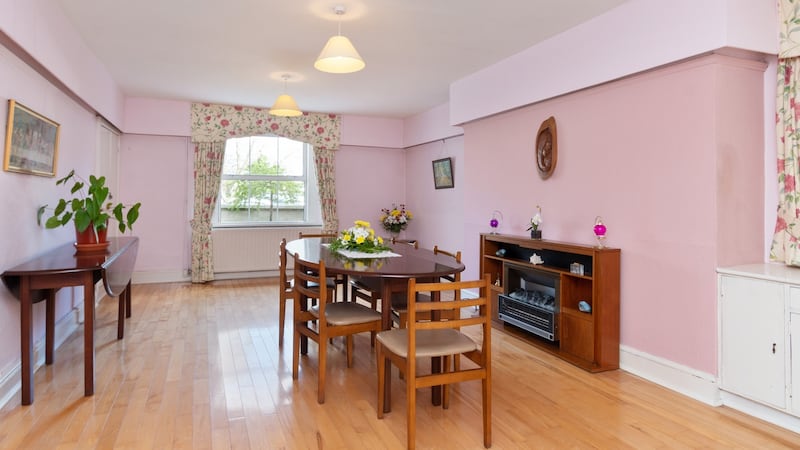
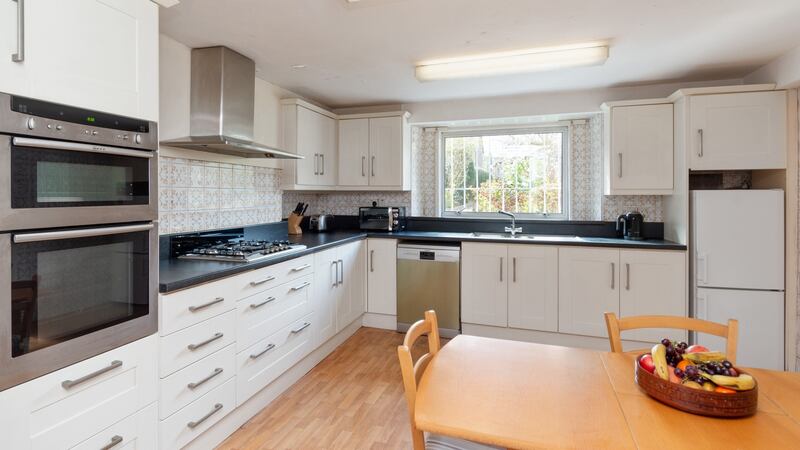
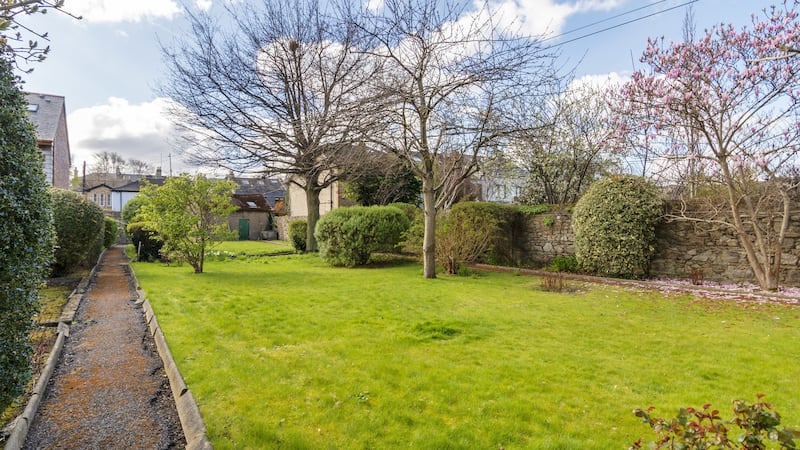
While the brochure describes the house as being “immaculately presented”, there is work to be undertaken. New owners will want to update the old patterned carpets, gas fires and bathrooms. But what remains are the bones of beautiful period details such as intricate coving, high ceilings and a few period fireplaces in the four main reception rooms and study.
It will be the location, room proportions and period details, along with the aspect and size of the garden and its development potential, that will really attract buyers to Number 51.
This fine property, which is Ber exempt, is on the market through DNG, seeking €2.95 million.






